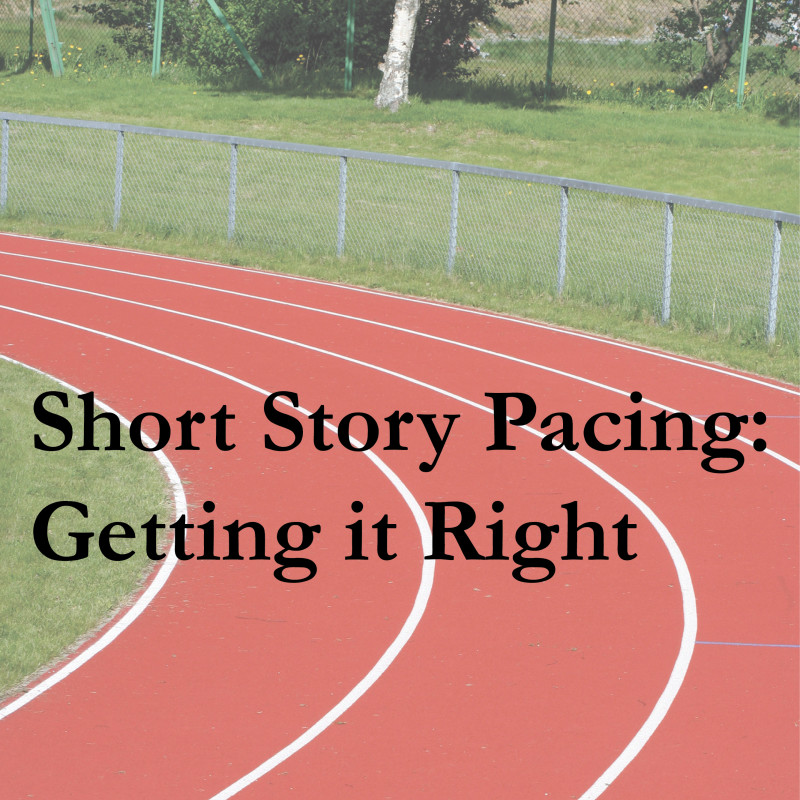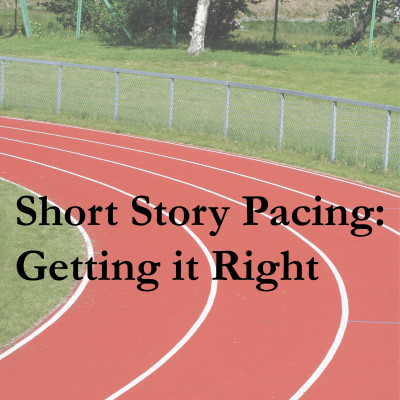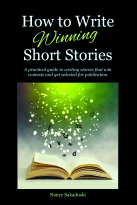Short Story Pacing–How to Get it Right
Short stories move at a faster pace, in general, than novels. There is no room for filler. Scenes and dialogue that don’t advance the plot or provide character insights should be removed to keep the story on track. Every scene, every character, and every sentence should serve a purpose.
Pacing provides an up and down modulation or rhythm to the story that varies strong, emotional, or exciting scenes, with reflective, interpretive, or letdown periods. Even with a short story, the reader needs time to absorb and understand intense scenes. Unrelenting tension is exhausting and unrelieved relaxation is boring.
Things that control pacing include:
- Number of scenes and their lengths
- Dialogue
- Inner thoughts
- Word and sentence structure (and length)
- Transitions
Pacing affects suspense, humor, emotional impact, and engagement. If your pacing is too slow you may bore (or lose) your readers. If it’s too fast, you run the risk of wearing them out. Avoid unrelenting misery or unending hilarity. Give readers a break. Even a dark story should offer some element of hope or at least a lesson learned.
Different types of stories require different pacing. An introspective story will have more leisurely pacing than a thriller, but there still should be some rhythm and variation in pace. If nothing else, you can change the pace by including flashbacks or flash forwards, adding sections of dialogue, or shortening or lengthening scenes.
Action, narrative, and dialogue should work together to move the story along. Decide what should be shown and what can take place in the background. Don’t skim over important scenes and don’t drag scenes out. If you are writing about a cop investigating a murder, we don’t need to see him getting up in the morning, putting on his uniform (well, that might be interesting…), and driving to the scene unless what happens is important to the story. Keep moving but give the reader some places to take a breath. Take a breath, not go to sleep.
While each scene should have some tension, make sure the pivotal scenes have the most tension and the scenes on either side of them have significant—if subtle—tension of their own. Everything must advance the story, so be selective. Keep only the parts that are relevant to the story you’re telling.
Pacing is hard to judge until the story is complete. Check pacing by reading the story aloud or having others read it. Increase pace by cutting a scene to condense time, starting the story closer to the end, shortening sentences, removing some adverbs and adjectives, using active voice, adding dialogue, increasing action, and reducing explanation. Reduce pace by adding more narrative and details, including a flashback, lengthening sentences, reducing dialogue, adding a distraction or setback, or including thoughts and reflection.
Consider proportion when you look at pacing. If an element in the story isn’t terribly significant, you shouldn’t spend three or four pages on it. Unless you are writing a mystery and want to intentionally mislead the reader, spend time on the parts of the story that carry the most significance. You may also mislead readers if you spend too much time on a particular character, a relationship between characters, or a plot point that is not important.
Proportion also becomes a concern when you are explaining. You may have done a tremendous amount of research to make sure that your setting is accurate, your historical details correct, and your explanations of specialized materials precise, but your readers won’t want to have to slog through every bit of it to get to your story. Be particularly careful when describing something you yourself love. You will have a much higher tolerance for a subject that interests you than your reader will.
Get your pacing right. Your readers deserve a good ride.










